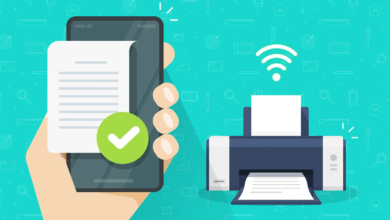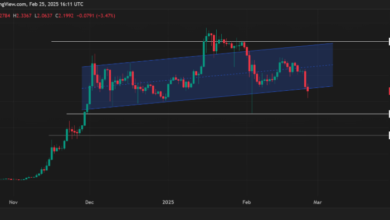What Is Proposal Automation?

In today’s fast-paced business environment, efficiency is everything. The ability to speed up operations without sacrificing quality can give companies a significant competitive edge. This is where proposal automation comes into play. It revolutionizes how businesses prepare, manage, and track their proposal documents. Below, we will delve into the ins and outs of proposal automation, demonstrating just how vital it can be for your business operations.
Understanding Proposal Automation: The Basics and Benefits
Proposal automation simplifies the way businesses create and manage client proposals, saving time and ensuring consistent branding across all documents. Tools like Qvidian help teams reduce manual effort, improve turnaround times, and minimize errors—resulting in more polished proposals and faster sales cycles.
When considering what is proposal automation, think of it as a smart solution that not only generates documents but also tracks recipient engagement for better insights. With Qvidian, teams can collaborate in real time, refine proposals based on data, and increase their chances of winning more contracts.
Key Features of Proposal Automation Software
Proposal automation software offers key features that enhance efficiency and personalization. Customizable templates save time and ensure brand consistency while allowing for client-specific adjustments. Content libraries streamline the process further by offering pre-approved sections like product details and legal terms for quick use.
Integration with CRM systems is another critical component, allowing users to automatically populate proposals with up-to-date customer information, minimizing manual input and errors. Analytics and reporting tools enable companies to track proposal success, monitor engagement, and improve strategies. These features collectively support a more accurate, efficient, and personalized proposal process tailored to modern business needs.
How Proposal Automation Streamlines the Sales Process
Proposal automation significantly boosts sales efficiency by reducing the time spent drafting and revising proposals, enabling quicker responses to opportunities. This speed enhances customer experience and improves chances of winning deals. Automation also minimizes manual tasks, allowing sales professionals to focus on client engagement and tailoring proposals to specific needs.
It fosters seamless collaboration through centralized document access, encouraging input from multiple departments to create well-rounded proposals. Automation tools offer tracking features that reveal how prospects interact with proposals, enabling strategic and timely follow-ups. This combination of speed, accuracy, collaboration, and insight enhances overall sales performance.
Measuring the Impact of Proposal Automation on Business Efficiency

Proposal automation significantly boosts business efficiency by reducing the time needed to create proposals—often by over 50%—allowing more proposals to be sent and increasing revenue opportunities. It also minimizes errors, ensuring accurate and up-to-date information, which protects a company’s credibility and frees up time for strategic initiatives.
Quality improvements are another key benefit, as automated workflows enforce review processes that enhance proposal standards and boost conversion rates. Automation delivers strong ROI by enabling businesses to scale effortlessly; it handles growing proposal volumes without needing to expand staffing or resources, helping maintain consistent quality and operational efficiency as demand increases.
Selecting the Right Proposal Automation Tool for Your Business Needs
Choosing the right proposal automation software depends on factors like business size, industry, and workflow needs. Small businesses may prioritize affordability and simplicity, while larger companies often seek integration capabilities and scalability. Assessing current processes and identifying pain points is essential to ensure the chosen tool aligns with specific needs and integrates well. Customization features are valuable for long-term growth.
User adoption is another key factor—an intuitive interface and responsive customer support help teams transition smoothly and maintain productivity. Evaluating the software provider’s reputation and customer feedback helps ensure a reliable, results-driven solution tailored to your proposal processes.
Overall, the judicious implementation of proposal automation can be transformative, leading to remarkable improvements in efficiency, effectiveness, and competitiveness. By harnessing the power of technology, businesses can elevate their proposal processes, ensuring they remain agile and responsive in today’s dynamic market landscape.





